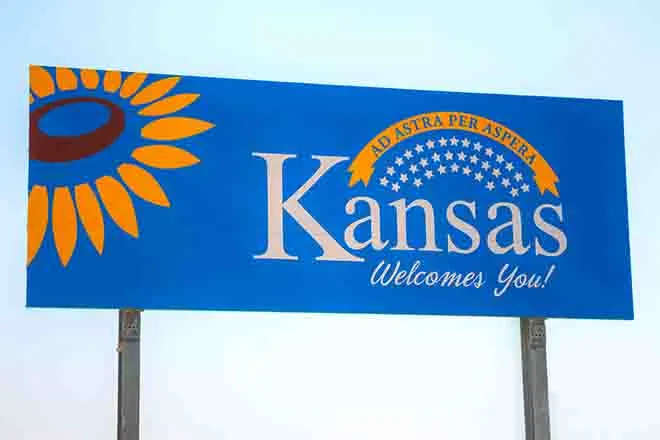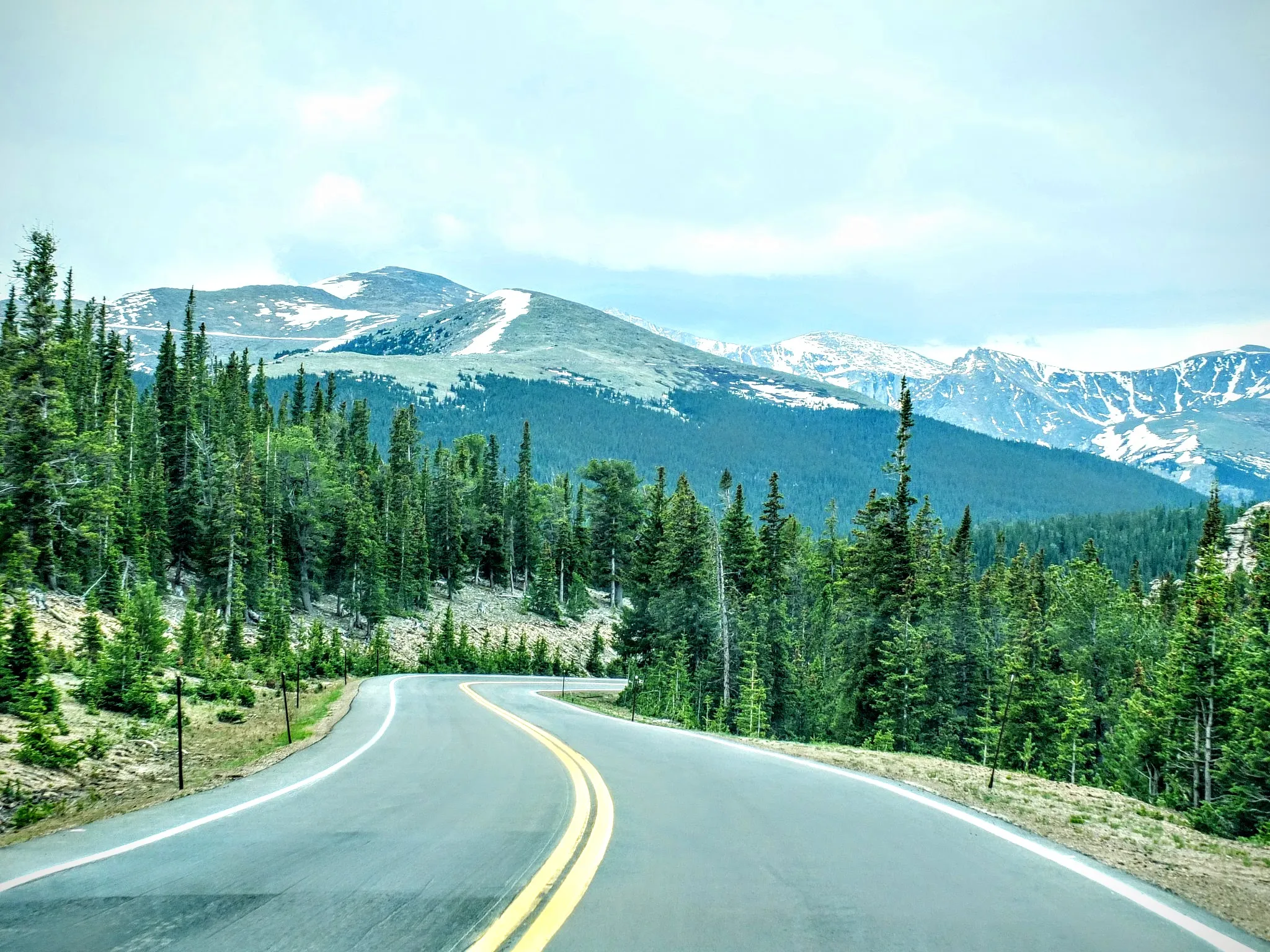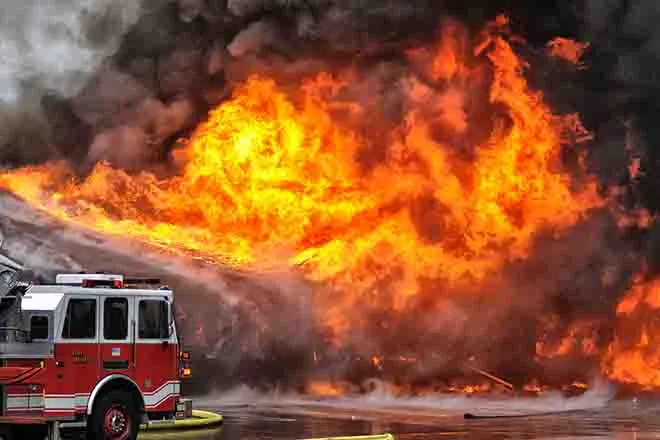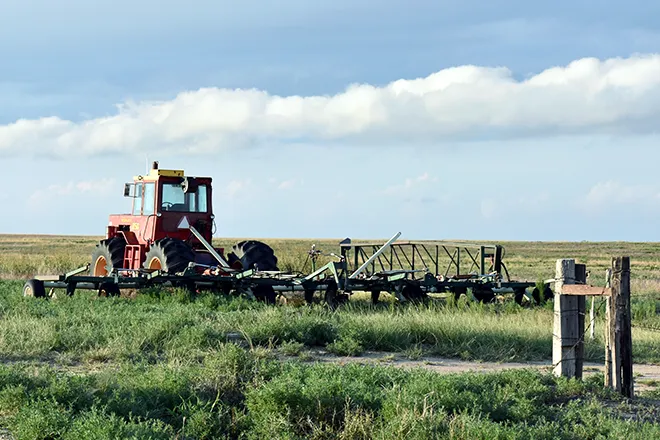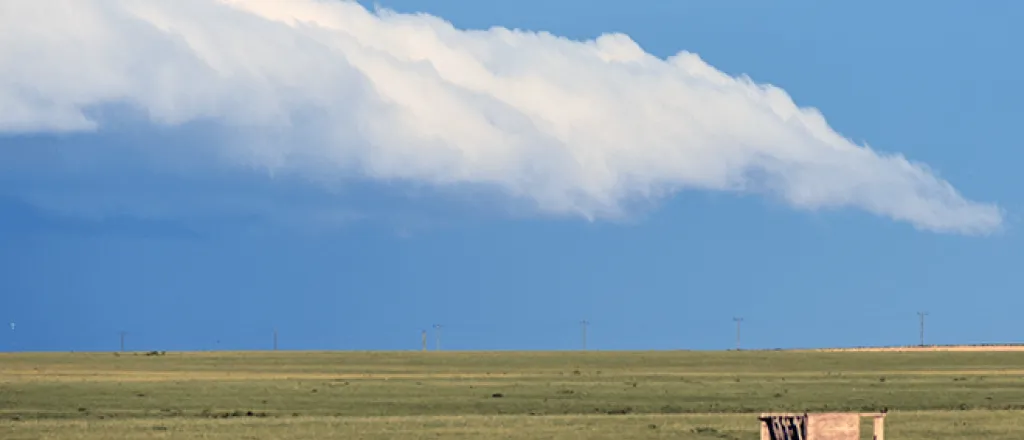
Sustainable land management boosts wildfire restoration efforts
Eric Galatas
(Colorado News Connection) A recent wildfire that swept across ten thousand acres of farm and ranchlands in southeastern Colorado suggests that sustainable land management and biodiversity could be key factors for successful recovery.
Dallas May and his family have worked the high plains lands just east of Lamar for three generations. He said fires caused by lightning strikes are not unusual, but they can usually be controlled.
"When this fire started, it was literally a beast," said the rancher. "There was no controlling it. The 70 plus mile an hour winds were moving flying embers hundreds of yards out in front of the fire. So all of our efforts at building a fire break were for naught."
There is no cell phone service on the May's 16,000 acre ranch, but May said neighbors turned up on every horizon after seeing smoke and flames. They broke down fences and opened gates to allow nearly all of the cattle and wildlife to get out of harm's way.
Fire can be a benefit to grasslands, but the intensity of this blaze destroyed entire root systems in some areas.
For 40 years the family has worked to keep soil health strong by resisting the use of any pesticides or mono-culture farming, and May said he's optimistic that the land will fully recover.
"The grasslands and wetlands are amazingly resilient," said May. "A few months after the fire we were very fortunate that we got some timely rains. And six months after the fire, you are hard pressed to tell we even had a fire in a majority of the burn scar."
Since placing the ranch into a conservation easement in 2015, the family has been recognized nationally for protecting the area's animal and plant life.
They installed wildlife-friendly fencing, shifted from flood to pivot irrigation, and re-introduced black-footed ferrets. May said they also promote the presence of beavers.
"The beavers build a complex to where the water stays on the landscape, and then infiltrates into the alluvium," said May. "Then from the alluvium, it is cleansed and it goes to the (Arkansas) river underground. It comes up in the river in a cleansed state."


